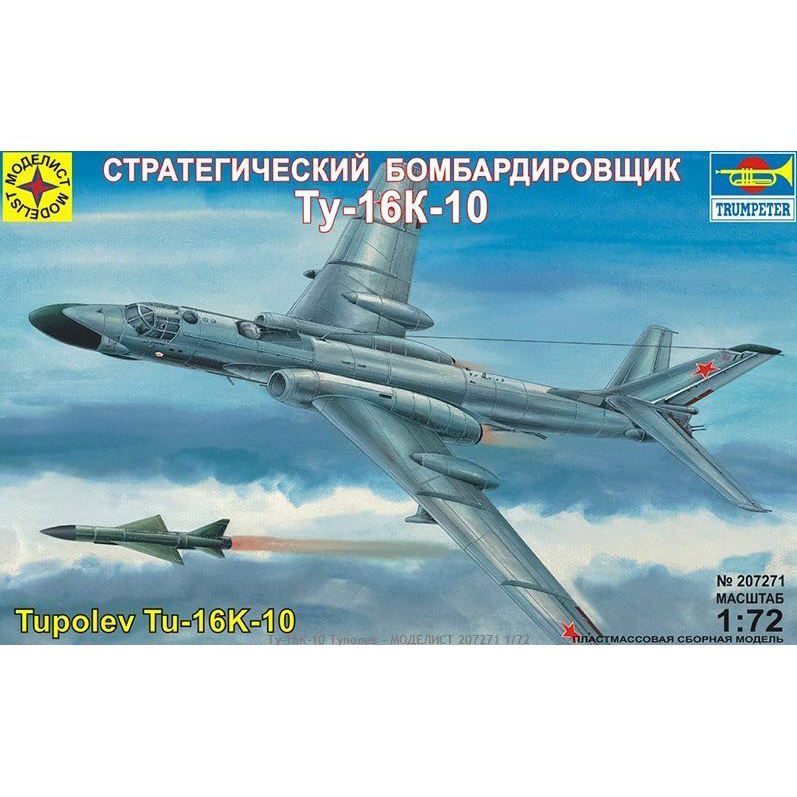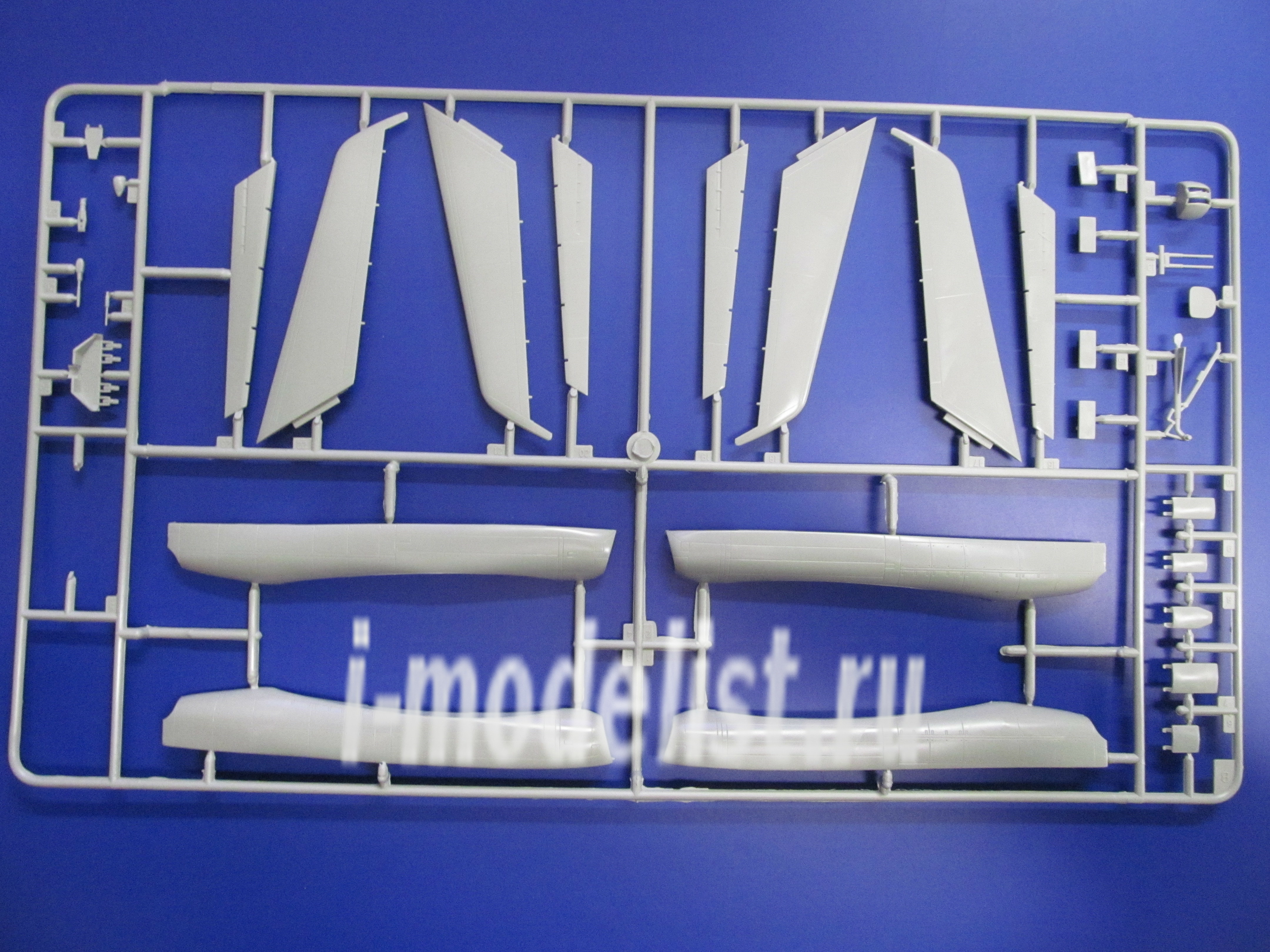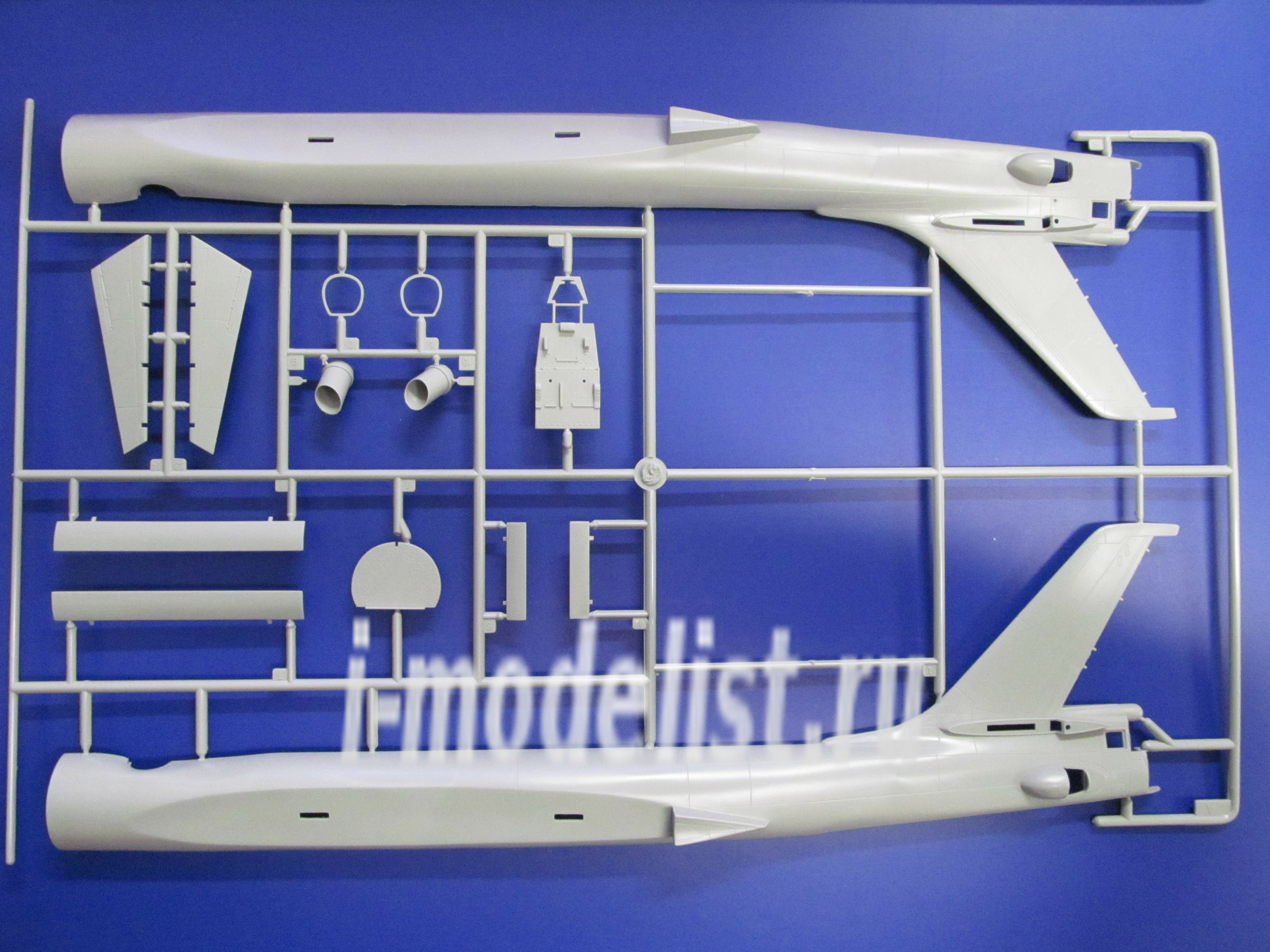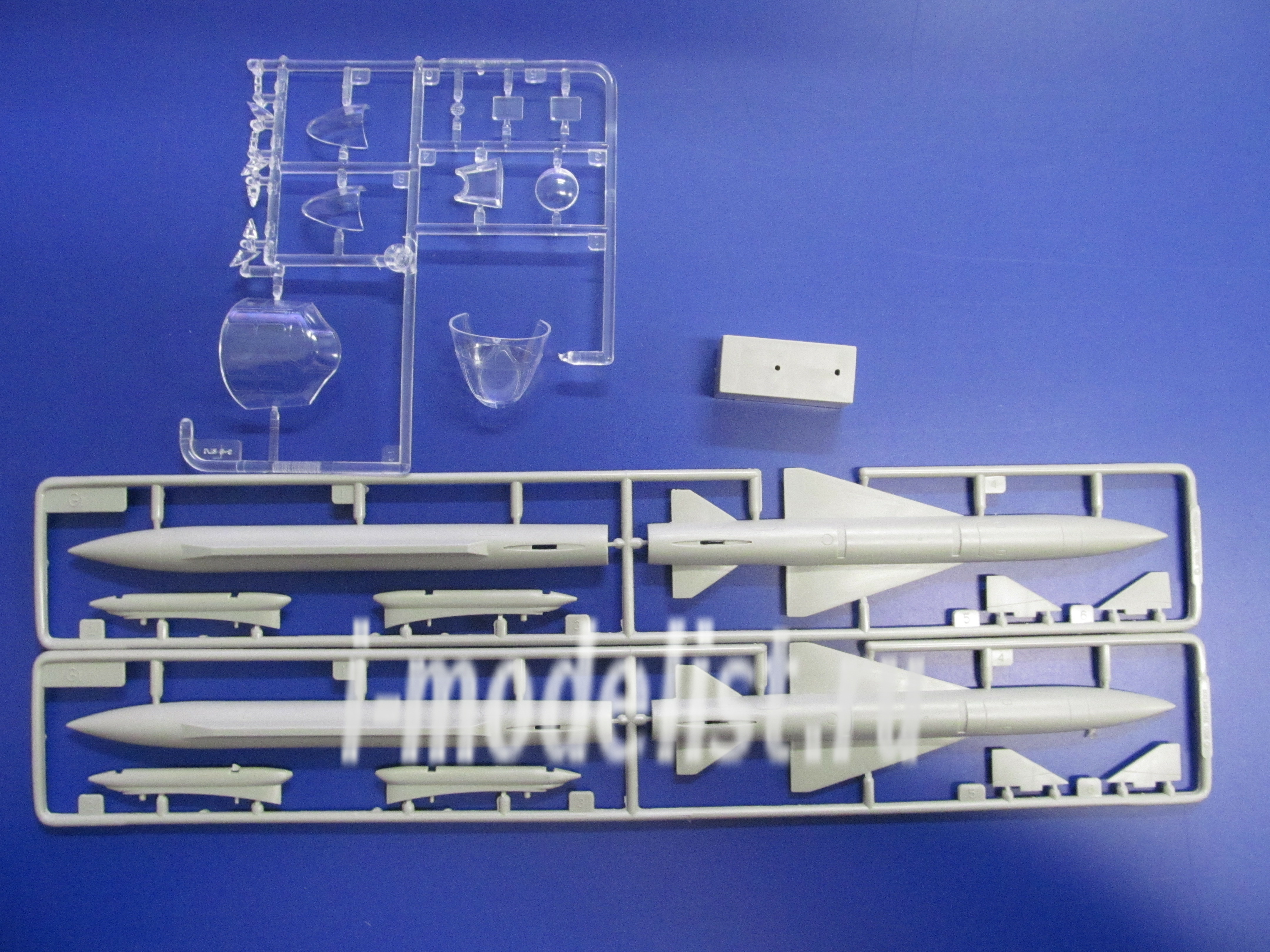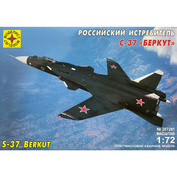Additional Information
on 29 August 1949, the USSR tested the RDS-1 nuclear bomb (code name – "Stalin's Jet Engine") and began preparations for the mass production of the RDS-3 bomb. In the late 1950s, a group of physicists led by academician I. V. Kurchatov (A. Sakharov, V. Adamsky, Yu. Babayev, Yu. Trutnev and Yu. Smirnov) developed the most powerful explosive device in the history of mankind (57 million tons of TNT equivalent) RDS-202 ("Tsar bomb", "Kuzkin's mother"). The newly created long-range bombers had to be able to deliver them to the target.
Tu-16 (NATO codification: Badger-"Badger")-Soviet twin-engine long-range missile bomber first flight made April 27, 1952. Mass-produced from 1953 to 1963 year (total produced 1509 aircraft) and was in service with the USSR, Russia and the CIS countries, as well as Egypt, Iraq and Indonesia for about 50 years. In China, this aircraft was produced under the name Xian H-6.
For decades, the Tu-16 remained the main aircraft of the strategic deterrent forces of the USSR and took part in many local conflicts (for example, in the Arab-Israeli wars, in the Iran-Iraq war).
Repeatedly used Tu-16 and during the Afghan war. In April 1984, the aircraft of the 200th heavy bombardment regiment participated in the Panjshir operation to suppress the Mujahideen group Ahmad Shah Massoud. Together with the Tu-22M and front-line aircraft of the 40th army, they created an unprecedented density of aircraft over the Panjshir valley — an overview radar of the Bagram airfield, designed to accompany 100 targets at the same time, "choked" from overload. The main weapons of the Tu-16 during this operation were high-explosive fragmentation bombs ofab-250.
in the Summer of 1986, the long-Range aircraft was tasked to suppress the strongholds of the Mujahideen, located in the caves. Bombing with conventional calibers did not bring results, as the caves were hollowed out in stone and concreted. It was decided to use the heaviest of conventional serial bombs — FAB-9000. By the time the only aircraft of the Soviet air force, which could carry FAB-9000, was Tu-16. The objective set for the 251-m heavy bomber regiment from the White Church. Bombs heavy bombs on the slopes gave an impressive effect: the gathering of hundreds of tons of stones buried the mouth of the caves and the approaches to them at the bottom of the gorges would collapse in the eaves, the few roads and trails rested on piles of stone blocks, and detours the enemy had to spend a week.
Tu-16 Bomber in various versions and is currently used in combat units of the Russian air force.
| Performance characteristics: | |
| Crew | 6 |
| Length, m | 34.8 |
| Wingspan, m | 33.0 |
| Height, m | 10.4 |
| wing Area, sq. m. | 164.65 |
| empty Weight, kg | 37200 |
| Maximum takeoff weight, kg | 79000 |
| Maximum speed km/h | 1050 |
| Cruising speed km/h | 850 |
| Ceiling, m | 12800 |
| Range max., km | 5925 |
| Engines | 2× TRD of Mikulin RD-3M or RD-3M-500 |
| Armament | 6x 23mm am-23 guns (three twin tower units with remote control) |
| Bomb load | 9000 kg in the bomb Bay (ability to carry FAB-9000 or nuclear bomb) |
| Missile weapons | Two K-10S missiles on external suspension under the planes. Both conventional and nuclear missile warheads. |
Warning! Glue and paint are not included.
Caution! Glue and paints are not included.
The configuration and appearance of the model are subject to change without notice.
Additionally, we recommend also purchasing
Related Products




